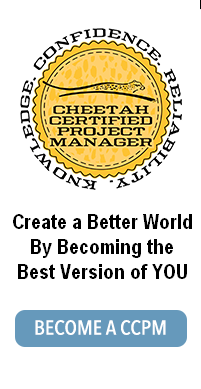Make My Brain Better – Gist Reasoning and Sniffing out a Scam
Thursday, September 19th, 2013Michelle LaBrosse, PMP
So I’m looking for ways to do “Gist Reasoning” training as they discussed in the Aging Brains research and I stumbled across this paper: Gist Reasoning in Adults with Traumatic Brain Injury.
Fascinating. Here is why they wanted to study Gist Reasoning in Adults with a Traumatic Brain Injury (TBI).
“The effects of TBI on gist-reasoning abilities have not been studied in adult TBI populations. The gist-reasoning metric may help elucidate the disparity between regaining near normal general intellectual functioning yet persistent difficulties on functional tasks that necessitate higher-order reasoning skills (e.g., communicating coherent and well-formed messages ideas during a job interview without dwelling on extraneous and irrelevant details)”
I do have a tendency to go off on tangents – and in a huge way (i.e. writing about my brain on a foodie blog). I was once described as a balloon that you blow up, and then let it go before tying it off (it bounces all over the place). But it’s not just tangents in talking, it’s tangents in major lifestyle choices. I am an opportunist and everything I do is totally “defensible” and understandable to me, but I’m also like this dog that goes off after the next interesting squirrel. Could this be because of my TBI?
The question I still have – how do I get Gist Reasoning training? They did say in this study that they cannot improve memory and attention with Gist Reasoning training – but this is what the HBOT, Neurofeedback, and brain training games like Luminosity are for.
Maybe my “Gist Reasoning” is improving though as I am able to better discern when someone approaches me with an “offer” where they are stroking my ego but where they are trying to get me to make a huge marketing spend. We got a call last week from a group called 21st Century Business. They were supposedly a news show hosted by Donald Trump Jr and they were interested in having me on their show. As they put it in a conversation with my assistant yesterday, they were interviewing Project Management training companies to do a series on how businesses need Project Management. And I was under consideration for one of their businesses. Yes I was flattered.
Jody (my blogging side kick) asked a basic question – how did they get your name? And what has this producer done before? So I started to do a little digging. The company is out of Boca Raton, Florida. Hmmmmm – smells like a similar thing I did with Norman Schwartzkopf in 2007 in Boca Raton. This prestigious “interview” ended up costing me close to $40,000 (we had to do a retake). I watched some of the 21st Century Business “news clips” on You Tube. Their show supposedly runs on Fox News and the Bloomberg Channel. Interesting, the Schwartzkopf gig was on CNBC. Their news stories looked very similar to what they were doing on the Schwartzkopf show – almost identical. My assistant called back this morning to find out if their “interview” cost anything and then she was told, well yes, it cost $19000. Wow, high price to pay for that type of flattery. We took a pass.
Yes I learned a lot doing the Schwartzkopf interview – but it was because we had to do a retake and I hired a fantastic media coach, Joyce Newman (who had nothing to do with their show). This media coaching has come in handy for the more real interviews with the media. But overall was this high priced interview with a highly decorated Army general worth it? Not from a marketing return on investment perspective, it was not. For the lessons I learned because of hiring Joyce Newman, yes it was worth it.
Based on my retrospective of this situation, could my working memory be improving so I’m able to make better decisions? My rule of thumb is the less we spend on marketing the better our results. I’ve never had to pay for media when we have a compelling message and a good PR team. It just rubs me wrong to pay for media “interviews” – even if it’s with The “Don” Jr.
To find out more about Michelle’s incredible journey to make her brain better, visit The VacaGourmet



